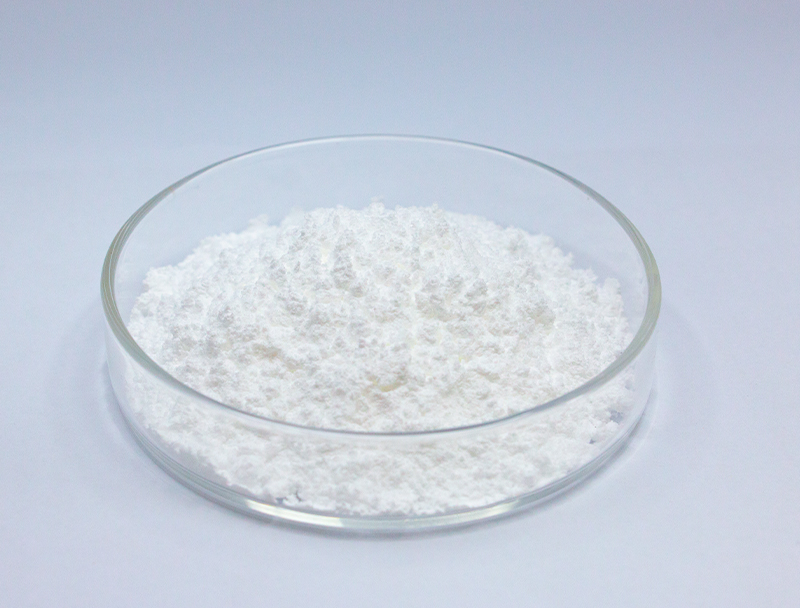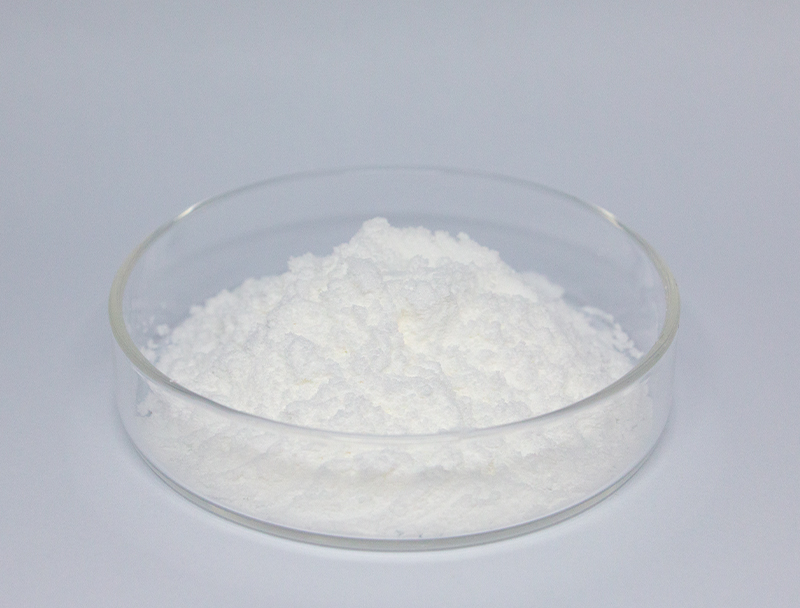
Advanced biosystems are built around a vast array of feedstocks to create novel bio-derived items.
Guaranteeing the sustainable sourcing of these resources remains essential to industry resilience and responsible expansion.
many concerns related to standard raw input procurement for instance pollution and systematic depletion of reserves. Therefore, biomanufacturing companies must actively seek out alternative sourcing strategies to minimize their ecological footprint.
- Samples of circular procurement methods cover:
- Integrating compostable agricultural waste into supply chains
- Installing reclamation workflows to diminish waste and heighten recovery
- Partnering with local suppliers committed to ethical sourcing practices
Shifting to ethical sourcing drives environmental value and long-term commercial viability.
Advancing Biomass Preparation for Elevated Biofuel Production
Optimizing biofuel yields depends strongly on feedstock quality and makeup. Scientists are constantly exploring novel strategies to optimize these feedstocks, leading to higher yields of biofuels and a more sustainable energy future. Methods encompass cellular engineering to augment biomass output and refining processes to liberate fermentable carbohydrates.
- Furthermore, teams search for alternative biomass sources including algal strains, industrial wastes, and crop leftovers to broaden sustainable feedstock options for fuels.
- By means of ongoing innovation the biofuel sector can achieve substantial advances soon, shaping a cleaner energy future.

Optimizing Early-Stage Biomanufacturing Processes
embraces initial workflow stages from growth to harvesting Modern progress within the sector has contributed to more efficient processes and higher production.
Salient improvements involve specialized expression hosts, fine-tuned media strategies, and next-gen bioreactor concepts. These strategies improve manufacturing efficiency and lessen cost and ecological effects.
- Similarly, continuous process trends grant superior flexibility and refined control across production stages.
- Embracing sophisticated manufacturing strategies is poised to change industry norms and shorten development cycles.

Gene Editing Breakthroughs That Elevate Biopharma Output
developments in targeted genetic engineering methodologies have modernized drug manufacturing. Using precise gene interventions, engineers raise the output of key therapeutic proteins. These methods could enable production of accessible and efficient medicines tackling diverse health challenges.
Microbial Approaches to Effective Bioremediation
innovative solutions for sustainable bioremediation, a critical process for addressing environmental pollution. Specialized microbes can enzymatically degrade pollutants to reduced-toxicity products.. Tapping into these capabilities enables green remediation tactics to restore ecosystems affected by industrial contamination.. Study groups probe microbial metabolic diversity to tackle metals, persistent pesticides, and hydrocarbon spills.. These microbes operate in engineered systems or direct environmental applications to metabolize and remove contaminants.
Biotechnology-driven remediation delivers notable upsides compared to conventional cleanup tactics. These methods are economical and eco-conscious while reducing hazardous secondary waste. Similarly, microbe-based remediation affords specificity that avoids extensive ecosystem disturbance. The domain advances quickly, concentrating on raising reliability and performance of microbial cleanup methods.
Bioinformatics' Impact on Drug Design
Informatics platforms are essential to current drug discovery and development pipelines. By analyzing biological data to select and improve leads, computational methods support efficient drug development.
- Using extensive genomic, proteomic, and patient data, analysts discover targets and anticipate therapeutic performance.
- Additionally, simulation tools enable prediction of binding and activity, guiding creation of more potent drugs.
- In the end, informatics-driven methods streamline development and accelerate delivery of therapeutic solutions to patients.
Engineering Cellular Pathways for Improved Bioproduct Output
uses diverse methods to increase biosynthesis of target bioproducts in organisms. Approaches may include genome edits to rewire pathways, transcriptional control to tune expression, and heterologous gene insertion to add functions.. Through careful adjustment of metabolic routes engineers can markedly elevate product titers.
This multifaceted approach has the potential to revolutionize a broad range of industries, including biopharmaceuticals, agriculture, and bioenergy.

Challenges and Opportunities in Scaling Up Biopharmaceutical Production
Upscaling therapeutic manufacturing brings major obstacles along with promising prospects. Retaining quality standards during scale enlargement is a core difficulty. Resolving it depends on rigorous control strategies, precise instrumentation, and comprehensive analytics.

Another concern is that bioprocessing workflows are inherently complex and multi-staged.. Converting small-scale procedures to plant-scale operations necessitates extensive innovation and optimization.. Yet, the returns can be substantial. Successful scaling up can lead to increased access of life-saving therapies, reduced production costs, and enhanced profitability.
Several projects are designed to mitigate these scaling barriers. Initiatives involve optimization platforms, high-resolution analytics for process control, and novel manufacturing frameworks.
- Product development and process R&D are pivotal to boosting production capabilities.
- Regulatory bodies are modernizing pathways to accelerate approval of advanced production technologies and support innovation.
Navigating the Regulatory Landscape for Biopharmaceuticals: Ensuring Safety and Efficacy
Developing biologic treatments requires exacting oversight to ensure consistent safety and efficacy. Living-source therapeutics present distinct obstacles in regulation and production relative to classical drugs.
Institutions such as the U.S. FDA and European EMA lead in formulating regulations and benchmarks for biologic approvals..
Rigorous testing protocols are mandatory throughout the development lifecycle, from pre-clinical research to post-market surveillance.. The processes aim to expose risks and ensure that treatments meet exacting safety benchmarks.
Additionally, regulators regularly update methods to match the pace of fast-moving biopharma innovations.. This includes embracing novel technologies and facilitating the development process α-Ketoglutaricacid while maintaining a commitment to patient well-being.

Plant-Derived Feedstocks as a Route to Sustainable Bioplastics
The trend toward sustainability stimulates development of renewable material technologies. Bioplastics produced from plant biomass form a compelling option for lowering environmental footprint. Biomass sources such as cornstarch, cellulose, and sugarcane are usable to produce plastics that biodegrade and reduce ecological impact.
Furthermore, these bioplastics often possess comparable properties to their petroleum-based counterparts, making them suitable for a wide range of applications.. Ongoing R&D is essential to scale plant-based bioplastics and realize circular economic benefits.
Biotech Contributions to Global Health and Crop Productivity
Biotechnology offers potent solutions for advancing public health and enhancing food security. Applying targeted genetic edits, synthetic biology frameworks, and cellular therapeutics, practitioners produce measures to address infectious disease, boost harvests, and upgrade nutritional content.. To illustrate, modified plants designed for pest resilience and environmental tolerance can raise outputs and reduce pesticide application.. Concurrently, biotechnology drives development of immunotherapies, antibiotics, and diagnostics that play a key role in controlling diseases and improving health metrics. With persistent development, biotech stands to offer transformative solutions for global health and long-term food security.
